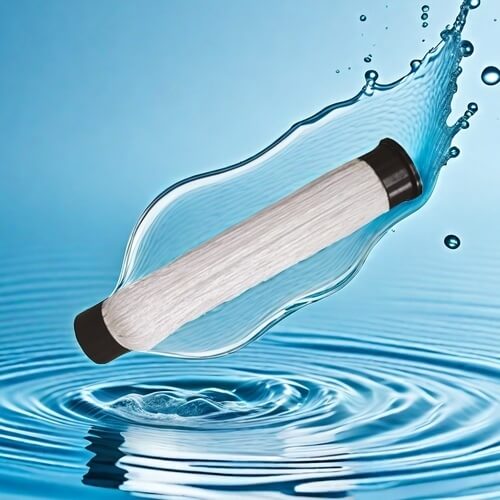Physical and chemical treatment method for wastewater containing heavy metals
The physical and chemical treatment methods for wastewater containing heavy metals mainly include the following technologies, which remove heavy metal ions from water through different chemical and physical reactions.
1. Chemical precipitation method
Chemical precipitation is one of the traditional methods for treating wastewater containing heavy metals. It mainly involves adding precipitants to the wastewater to convert heavy metal ions into insoluble compounds, thereby achieving removal. Common precipitants include:
Sodium hydroxide: used to generate metal hydroxide precipitates.
Sodium sulfide: reacts with heavy metal ions to form sulfide precipitates.
Carbonate: Used to adjust pH and promote precipitation formation.
The advantage of this method lies in its simple operation and low cost, but it also has the disadvantages of slow sedimentation rate and large sludge production
2. Adsorption method
Adsorption method utilizes solid materials such as activated carbon, zeolite, resin, etc. to adsorb heavy metal ions in wastewater. This method has the following characteristics:
Efficiency: capable of removing low concentrations of heavy metals.
Wide applicability: can target various heavy metal ions.
Regeneration ability: Some adsorbents can be regenerated and used after treatment.
However, adsorption methods may require regular replacement or regeneration of adsorbents during the treatment process, which increases operating costs

3. Electrochemical method
Electrochemical methods include techniques such as electrocoagulation, electrodialysis, and electroflotation. These methods promote the removal of heavy metals through current guided reactions:
Electrocoagulation: Hydroxides are generated through electrode reactions, which adsorb and precipitate heavy metals in water.
Electroflotation: using bubbles to float the sediment for easy separation.
Electrochemical method has the advantages of high removal efficiency and flexible operation, but the equipment investment is relatively large
4. Reverse osmosis and membrane separation
Membrane separation technology (such as reverse osmosis) separates wastewater through selective membranes, which can effectively remove heavy metal ions from water. The advantages of this method include:
Efficiency: It can handle various types of pollutants.
Recycling: It can recycle and reuse water resources.
However, membrane separation technology requires high inlet water quality and membrane materials may be contaminated, requiring regular cleaning or replacement
5. Comprehensive processing technology
In practical applications, multiple processing methods are usually combined to improve processing efficiency. For example, chemical precipitation can be used to remove most heavy metals first, and then water quality can be further purified through adsorption or membrane separation. This comprehensive treatment method can effectively reduce treatment costs while improving effluent quality
In summary, there are various physical and chemical treatment methods for wastewater containing heavy metals, each with its own advantages and disadvantages. The selection of suitable methods should be based on specific circumstances, including factors such as wastewater composition, concentration, and subsequent treatment requirements.
